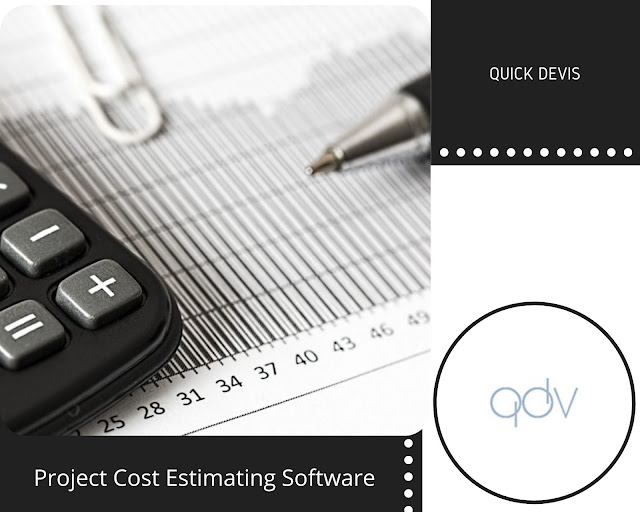Top 10 Software Automation Tools in 2025: Features, Pros & Cons
The Future is Automated: Are You Keeping Up?
The need for business automation requirements has arisen because technology has evolved into becoming an essential foundation. Modern business operations use software automation tools to develop their operational core because these tools enable them to reduce errors minimize costs and enhance efficiency. Organizations that employ automation achieve 30% higher productivity together with 40% less human mistake rates. When organizations maintain tasks manually they face dual losses since both time and financial resources are extinguished simultaneously.
Every professional in project management, software development, testing, marketing, or financial roles discovers suitable automation tools that improve work efficiency. What factor determines the correct selection of an automation tool among all available options? Examine the top 10 software automation tools of 2025 together with their prime features along with their benefits and drawbacks in this discussion.
1. UiPath: The Best RPA Tool for Business Process Automation
Features:
Advanced AI-powered robotic process automation (RPA)
Drag-and-drop workflow editor
Integration with widely used enterprise applications
Pros:
Great for automating repetitive tasks
Scales well with business expansion
Strong community support and training materials
Cons:
Too costly for small businesses
Needs training to leverage its full capabilities
2. Zapier: The King of No-Code Workflow Automation
Features:
Smooth integration with 5,000+ apps
No coding expertise needed
Customizable automation workflows
Pros:
Very user-friendly
Saves hours by automating routine tasks
Works well with SaaS platforms
Cons:
Limited features in the free plan
Can get expensive with multiple integrations
3. Selenium – The Gold Standard in Automated Testing
Features:
Open-source framework for web application testing
Supports multiple programming languages
Compatible with various browsers
Pros:
Free and widely used in the industry
Works across multiple platforms
Strong community support
Cons:
Needs programming skills
Can be difficult for beginners
4. Workato: The AI-Powered Automation Giant
Features:
AI-driven automation across departments
Enterprise-grade security
Drag-and-drop workflow design
Pros:
Applicable for both small and large enterprises
Reduces IT workload with no-code automation
Scales efficiently with business needs
Cons:
High pricing compared to others
Needs some up-front learning curve
5. Apache Airflow: The Workflow Orchestration Tool Supreme
Features:
Open-source workflow automation
Highly customizable pipelines
Strong integration abilities
Advantages:
Best suited for data-driven workflows
Robust scheduling functions
Free and open-source
Disadvantages:
Not ideal for beginners
Needs improvement in setup by technical experts
6. Automate.io: The Best Zapier Alternative
Features:
Simple-to-use interface
200+ app integrations
Multi-step automation workflows
Advantages:
Cost-effective compared to Zapier
Excellent for marketing and sales teams
Easy setup procedure
Disadvantages:
Less integration compared to Zapier
Fewer features in the free plan
7. Blue Prism: The Enterprise-Level RPA Champion
Features:
Smart automation with AI
Cloud-based RPA solutions
Very secure and compliant
Pros:
Best suited for large businesses
Advanced security features
Scalable automation
Cons:
Demands technical expertise
High cost
8. Make (formerly Integromat): Most Versatile Automation Tool
Features:
Visual automation of workflows
Sophisticated API integrations
Real-time processing of data
Pros:
Very versatile for sophisticated workflows
Cost-effective pricing
Robust customization options
Cons:
Steep learning curve
UI can be intimidating for newcomers
9. TestComplete: The Ultimate Automated UI Testing Solution
Features:
Codeless automated testing
AI-powered object recognition
Supports desktop, web, and mobile testing
Pros:
Minimizes manual testing effort
Very reliable for UI automation
Good customer support
Cons:
Very high licensing fees
Slow with large-scale applications
10. Jenkins: The Open-Source DevOps Automation Powerhouse
Features:
Continuous integration and deployment
Very extensible through plugins
Automates software build and testing
Pros:
Free and open-source
Massive community support
Is effective with DevOps pipelines
Cons:
Manual setup and maintenance required
UI seems outdated
Conclusion: The Right Automation Tool Can Transform Your Business
With so many software automation tools out there in 2025, the right one to use is determined by your business requirements, budget, and technical expertise. Whether you require a basic drag-and-drop automation tool such as Zapier or an advanced RPA tool such as UiPath, automation is the way to remain competitive in today's fast-moving market.
If you require automating your estimating process and eliminating manual errors, our state-of-the-art solution offers an advanced automation solution specifically designed for productivity. Give it a try today and taste the future of estimation.



Comments
Post a Comment